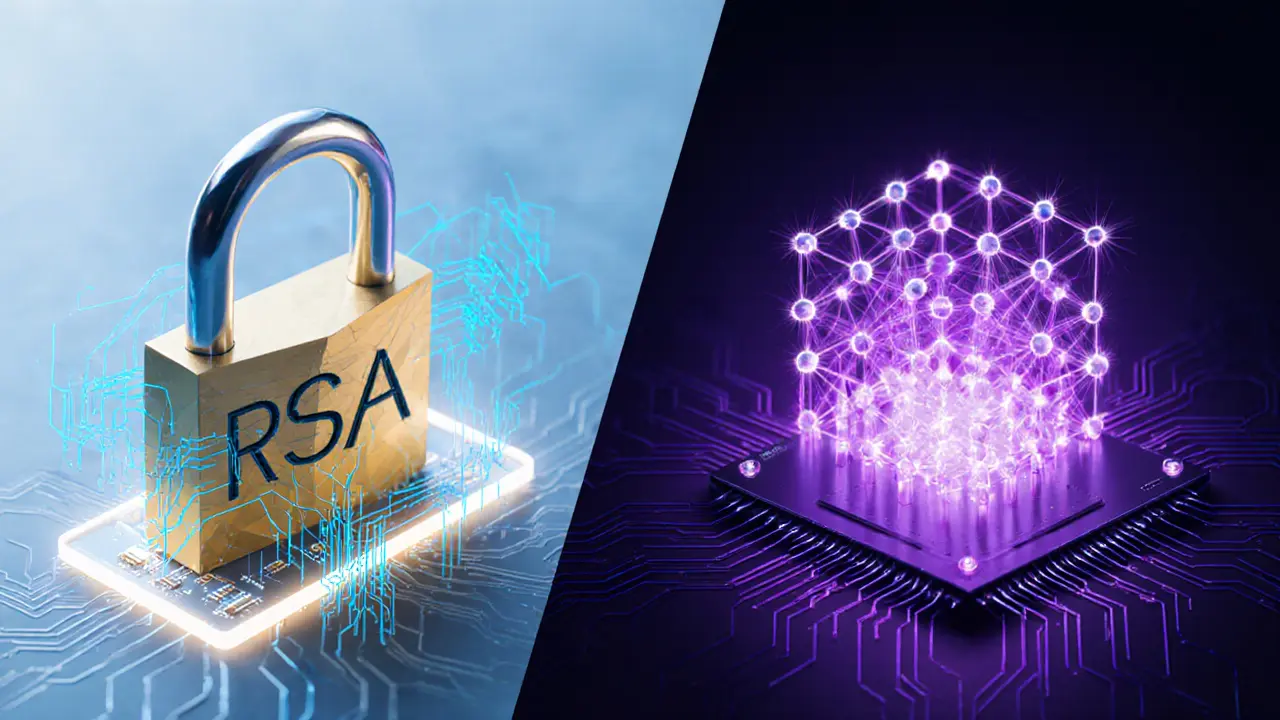Cybersecurity
When working with Cybersecurity, the practice of safeguarding digital systems, networks, and data from malicious activity. Also known as information security, it is the backbone of every online service. A core pillar of Cryptography, the science of encoding messages so only intended recipients can read them is now being reshaped by Post‑Quantum Cryptography, new algorithms built to resist attacks from quantum computers and by Zero Trust, a security model that treats every user and device as untrusted until verified. These three entities form a tight network: Cybersecurity encompasses cryptographic protection, post‑quantum cryptography mitigates quantum‑computing threats, and zero trust requires crypto‑agile architectures.
Traditional cryptographic schemes like RSA and ECC rely on the difficulty of factoring or discrete‑log problems. Quantum computing, once it reaches practical scale, can solve those problems in seconds, rendering those schemes obsolete. This quantum threat pushes the industry toward post‑quantum cryptography, which includes lattice‑based, hash‑based, and code‑based algorithms. When quantum computers become viable, they will directly influence the security of every online transaction, from banking to blockchain. Recognizing this, researchers are running large‑scale competitions to benchmark algorithms that can survive the quantum era.
Adopting a crypto‑agile stance means designing systems that can swap cryptographic primitives without massive rewrites. Zero Trust frameworks, combined with crypto‑agility, let organizations isolate breaches and rotate keys instantly. The National Institute of Standards and Technology (NIST) leads the effort with its Post‑Quantum Cryptography Standardization process, delivering draft standards that many firms will follow before the 2026 compliance deadline. NIST PQC standards act as a reference point, guiding developers on which algorithms have passed rigorous security and performance tests.
For practitioners, the roadmap is clear: assess current cryptographic assets, map them to NIST’s draft standards, and build modular key‑management pipelines that support rapid algorithm updates. Start with a risk inventory—identify where RSA or ECC keys sit in your infrastructure—and prioritize high‑value assets such as payment gateways or identity services. Next, prototype lattice‑based key exchange in a sandbox, then integrate it into your zero‑trust access controls. Finally, monitor the NIST timeline and plan for a phased rollout well before 2026, ensuring compliance and resilience.
Below you’ll find a curated collection of articles that dive deeper into each of these topics—quantum‑computing risks, post‑quantum algorithm choices, zero‑trust implementation tips, and the latest NIST guidance. These pieces will give you concrete steps, real‑world examples, and the tools you need to future‑proof your security posture.
- Nov, 16 2025

Discover the top smart contract auditing firms in 2025 that secure billions in DeFi and blockchain projects. Learn how CertiK, OpenZeppelin, ConsenSys Diligence, and others help prevent costly hacks with expert code reviews.
- Read More
- Apr, 26 2025

